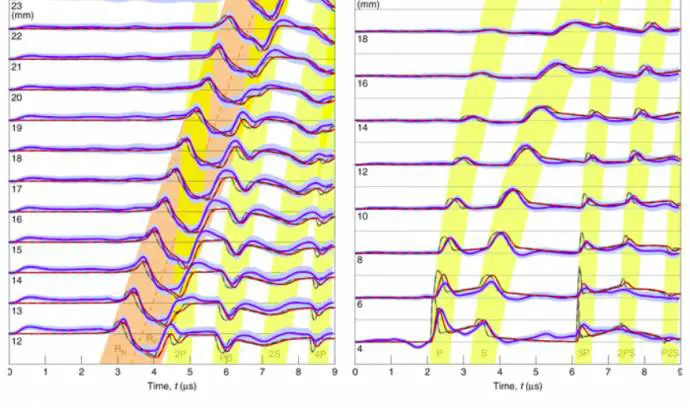As part of an experiment, laser pulses were reflected from a small mirror, which caused elastic waves similar to those generated by an earthquake only much smaller, the University of British Columbi, Canada, a says on its web site.
Thus, they wanted to find out how light and its translational momentum effects other materials. It turns out that light can cause movement although it has no mass.
German astronomer Johannes Kepler determined back in the 17th century that the tail of a comet is turned away from the Sun, meaning that the Sun creates a certain pressure.
The first theories about light having a translational momentum emerged in 1873. The momentum was first measured in 1900. But only how it is translated to a subject as a whole.
Now, after 150 years, the team of Slovenian, Canadian and Brazilian scientists determined exactly how the translational momentum is transferred to matter in time and space and that elastic waves are triggered in the process.
As part of the project led by Tomaž Požar from the Ljubljana Faculty of Engineering, the Slovenian scientists conducted the measurements in the experiment, the team from Canada calculated optical forces and then the Brazilian scientists made a precise model of the spreading of the wave.
The findings could be used to improve optical tweezers, used to physically hold and move microscopic objects.
A scientific article on the discovery was published in the science magazine Nature Communications, which can be accessed here.






